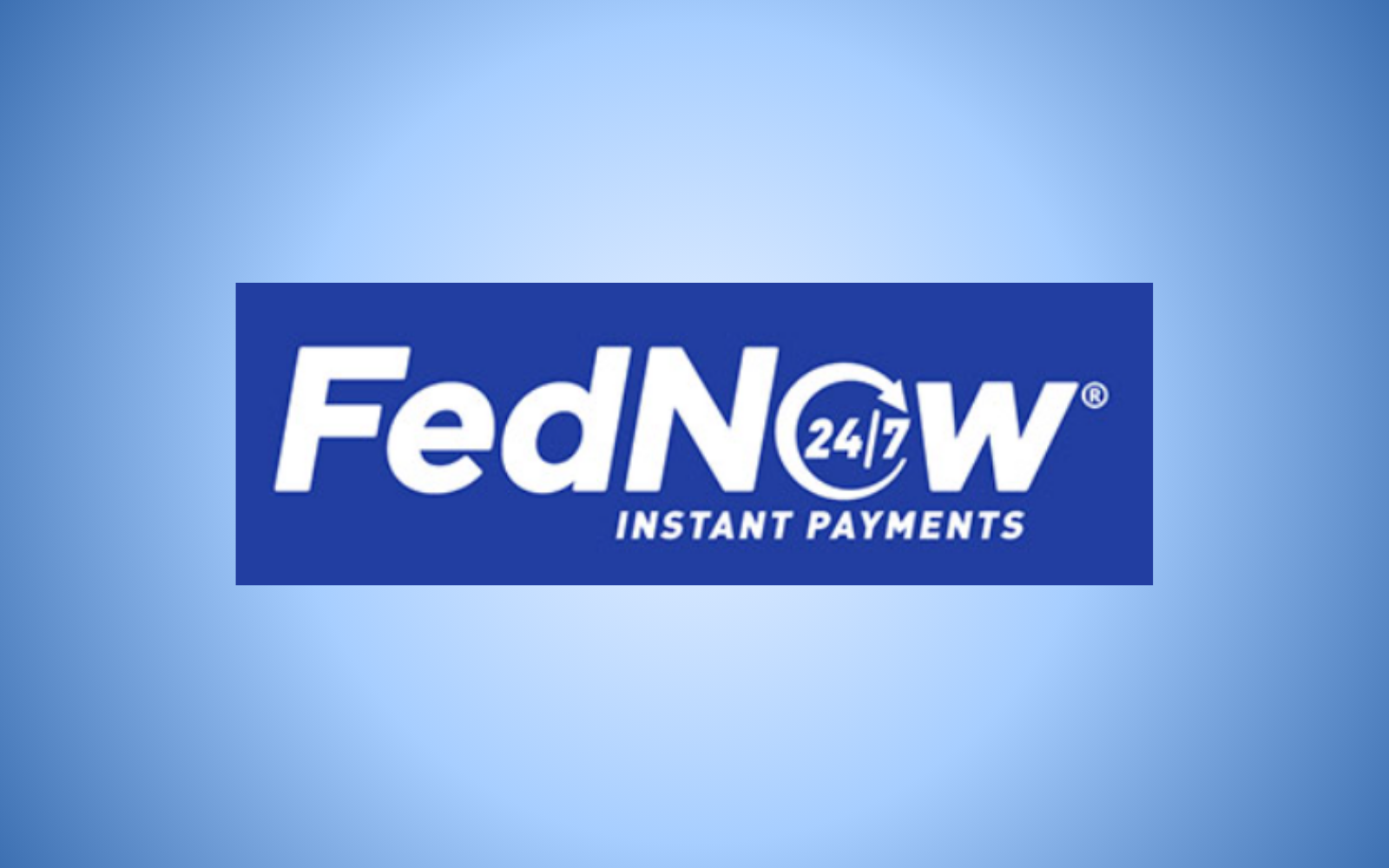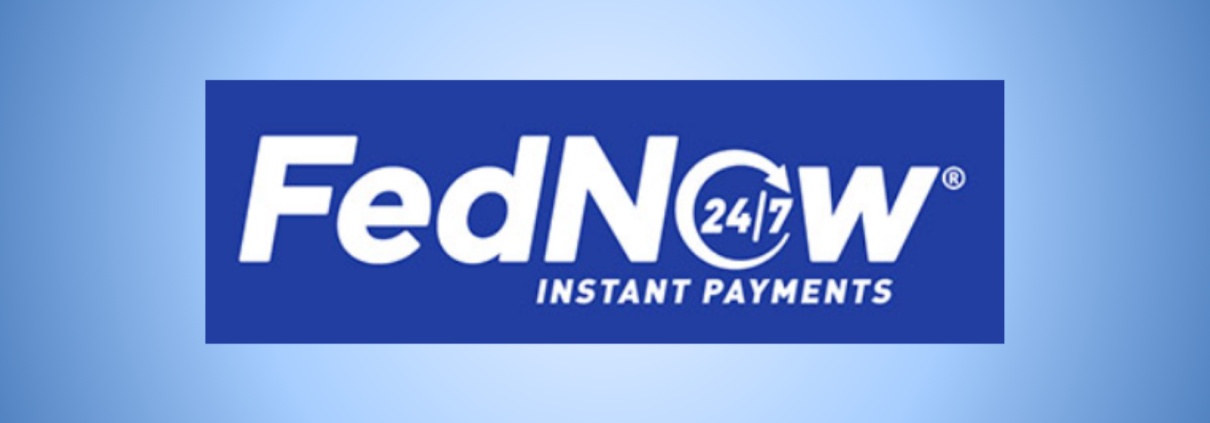FedNow: Federal Reserve’s Instant Payment Service Has Arrived
Background and Purpose
The U.S. Federal Reserve System (the Fed) officially launched the FedNow system to enable faster payments. Since July 20, banks and credit unions have been able to signup for sending and receiving instant payments through the system. Non-participating banks can still utilize FedNow, as any eligible depository institution can use the service through a participating financial institution (e.g., correspondent bank). The service does not currently permit cross-border transactions.
FedNow is the first new payment rail in the United States since the introduction of the Automated Clearing House (ACH) in the 1970s. Faster payment systems have been developing worldwide, including systems such as the U.K.’s Faster Payments service that has provided 24x7x365 availability since 2008, and Singapore’s Fast and Secure Transfers (FAST), which enables instant payments across borders. The U.S. has been comparatively slower in implementing real time payments, but they are not entirely new. The Clearing House introduced the Real Time Payments (RTP) system in 2017, a private “open loop” system through which users can transfer funds directly between participating FIs. The RTP network currently connects 62% of U.S. bank accounts directly.
The Fed intends for FedNow to compete with the private RTP network to improve efficiency and accessibility. FedNow, like RTP, clears and settles transactions between users and their FIs instantly, generally completing within a few seconds. A comparable ACH payment, such as a direct deposit paycheck or online bill payment, takes up to two business days. FedNow will charge $25 monthly for every routing number enrolled, $0.045 per credit transfer, and one cent to send a request for payment (RFP), by which businesses can initiate payment requests to clients.
Benefits
FedNow provides unique benefits that FIs’ consumer and commercial customers will find appealing. Individuals can make time-sensitive and emergency payments instantaneously, providing a better option to avoid overdraft fees, late fees, or credit score deductions. Businesses will benefit from improved cash flow management, enhanced customer service through instant payment and RFP, and faster account reconciliation. Businesses may also experience fewer costly and inefficient payment reversals as instant payments ensure sufficient funds are available.
Because of these customer benefits, banks of all sizes might realize a first-mover advantage by participating, offering services that their current customers may prefer, and attracting new customers. Smaller banks notably have much to gain. Having access to an instant payments system enables smaller banks to provide services that big banks with advanced systems or partnerships had been able to provide. The enhanced capabilities of FedNow may also enable community banks to strategically explore business development opportunities and market innovative services unique to the needs of their communities.
Risks and Costs
Despite FedNow’s clear benefits, there are costs. Implementing FedNow may necessitate material investment from participating FIs. For example, running 24-hour processing, including holidays and weekends, may require upgrades to technology, policies and procedures, surveillance systems, and potentially additional staff. Clearing these hurdles may be significant for smaller banks depending on the scale of the required operational changes, allocation of roles and responsibilities for current staff, and technology systems updates needed.
FedNow’s capabilities also complicate liquidity risk management, already a hot risk topic. Because deposits can be transferred out of a bank 24x7x365, run risk is enabled at an even higher level. Silicon Valley Bank’s well-documented collapse was exacerbated by the speed of withdrawals. FedNow enables those withdrawals on a wider scale, both for individual institutions and systemically. Participating banks will need to consider potential effects of this enablement in their contingency funding plans. While FedNow will launch with a default credit transfer limit of $100,000, participants can adjust up or down up to an absolute maximum of $500,000. Consumers and commercial entities could easily initiate and settle outbound transfers of entire account balances within seconds. Risk managers must carefully assess risk management practices, particularly around concentration risk management, liquidity stress, and contingency funding plans, and interest rate risk model assumptions. The Fed has noted that the limit structure will be continually evaluated and adjusted.
Security and fraud risks will certainly increase with participation in FedNow. Instant settlement involves transactions that are irrevocable. Since the transaction is done bank-to-bank in fiat currency, transferred funds are also immediately withdrawable. As a result, participating banks with weaker security will become a lucrative target for fraud. In anticipation of the various risks, FedNow will launch with a series of internal controls, such as participant-specific negative list capabilities and fraud reporting/investigation disclosure requirements. Participating FIs may look to machine learning and behavioral analytics to keep pace with evolving fraud tactics.
FedNow’s widespread adoption could come at some cost to cryptocurrencies and their exchanges, especially stablecoins, 90% of which are pegged 1:1 to the U.S. Dollar. FedNow’s instant irrevocable transactions available at all times might erode some of crypto’s greatest existing competitive advantages. FedNow’s transactions are also cheaper and possibly more secure, as the entire process is done directly through fiat currency and is backed by the Federal Reserve. If FedNow entices customers away from crypto, operational risks will need to be considered, and compliance programs such as BSA/AML programs will need to be enhanced to accommodate such a market shift.
How Banks Can Prepare
FIs have two options when they join FedNow: full send-and-receive participation or receive-only status. Participants also must decide whether they would like to participate in the Liquidity Management Transfer (LMT) feature, in which FIs can send and receive extra liquidity in their Fed master accounts and joint accounts to settle payments. FIs can join FedNow without participating in LMT, or they can join only to participate in LMT. Participants will need to carefully decide if or how to take part in FedNow and LMT, and adjust liquidity risk practices accordingly, especially if their customer base periodically processes material outflows (e.g., payroll accounts).
As has been the case in accelerating payments, FIs will also need to review interest rate risk model practices to validate key modeling assumptions. Questions like ‘do deposit product average life assumptions need to be adjusted?’ should be re-visited. This is particularly challenging in the current environment where rapid interest rate increases and interest rate volatility have already challenged modeling approaches.
Banks will also need to reassess operational processes to ensure their technology and internal controls are sufficiently updated to handle FedNow. While fraud prevention controls exist for FedNow, instant payment opens the door for fraudulent transactions to occur swiftly and creatively, exposing areas in which existing prevention systems may have vulnerabilities or blind spots. Banks should work to educate their employees and customers on potential fraud, engage with other participants, and take advantage of the Fed’s new and evolving.
FIs providing downstream correspondent banking services will need to review their operational processes to assess capabilities and readiness. Correspondents are not required to maintain a FedNow profile. Participating FIs will need to work with their correspondent banking relationships to strengthen their relationship and governance practices.
While FedNow has launched, it is still a new and evolving payment rail. The Federal Reserve has emphasized that further tools and features will be explored and released to ensure FedNow is reliable and functional. FedNow program executive Ken Montgomery noted that the Fed plans to engage with FIs to grow the FedNow network. It is important for banks and other participants to provide feedback on FedNow as its adoption spreads.
FIs should incorporate their planned participation and usage into their strategic planning efforts. FIs, non-bank service providers, and even others peripherally impacted may seek to carefully evaluate their business strategies, including the necessary technology and resource costs.
Put Patomak’s Banking Expertise to Work
Patomak has deep experience in helping banks and other financial institutions identify and manage risks and respond to developments in banking regulation and supervision. In the FedNow space, Patomak has experts in liquidity risk, operational risk, interest rate risk, compliance risk, and strategic risk. Patomak’s risk governance experts can work with boards and management to proactively assess risk and control functions to ensure they exceed supervisory expectations and support a bank’s business objectives. Contact us to learn how Patomak can help you navigate these challenges and help you meet your business goals.





